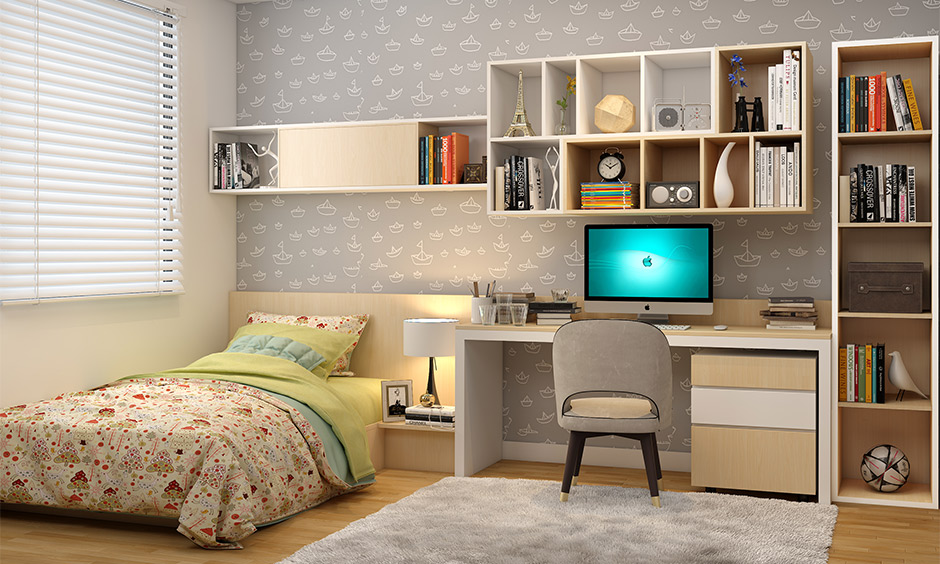During the peak months of the COVID-19 pandemic, isolation regulations became a part of life for many families. For many parents, the stresses of homeschooling and entertaining young children, while at the same time coping with changed work circumstances such as the need to work from home proved to be immensely challenging. However, at the same time, that forced isolation may have given many an insight into the importance that bedroom furnishings can play in a young child’s comfort levels and their ability to cope with long periods away from the stimulation provided by face-to-face interaction with their peers.

For many parents, COVID provided a crash course in how furnishings affect the happiness and security of their children.
For parents in search of more ideas about bedroom furnishings for the younger members of the family, here are some tips from developmental experts, as well as interior decorators (and parents themselves), to ensure that the furnishings in a child’s bedroom provide a safe, secure, entertaining and stimulating environment.
It is worth noting that the decor and furniture you choose for your child’s bedroom (including materials used, styles, themes, quantities, and sizes) are dependent on their age and stage of development.
Optimal use of space is important when considering furniture for a child’s bedroom. They will be using the available floor space for a variety of activities – as anyone who has stood on a forgotten lego in the dark will confirm.
Combining storage space with necessary furniture can help to ensure that floor space is freed up – and also provides valuable space for necessities such as bedding. In smaller spaces such as apartments, this space can be especially valuable to parents. Storage space (for instance slide out drawers beneath beds) also frees up space so that parents have a wider choice of furnishings to choose from.

It is essential that parents take into account the physical limitations of children when furnishing the bedroom. This means downsizing (but in a good way). Make sure that if you are purchasing a table as a work or dining surface that it is size appropriate – and the size of your child will also influence the chairs that allow for a comfortable experience at that table. For toddlers or those children just learning to walk low furniture also serves another purpose. It is ideal for them to grab hold of to steady themselves – and that promotes a feeling of security that can speed up the journey toward walking unaided.
Making sure that the furniture is size appropriate also means ensuring that there are no sharp corners that can cause injury. Children learning to walk are at risk of bumping into furniture – and even those older can be easily distracted leading to accidents. purchase furniture with rounded corners or opt for silicone or foam edge protectors. These are widely available from baby Stores or even in the baby aisles of your local retail store.
Designing Kids Bedroom
Loft beds are a wonderful addition to an older child’s bedroom. These beds (or double bunks) add a sense of adventure to the process of falling asleep. They make getting into bed an occasion to look forward to – rather than one that signals the end of a day filled with wonder and joy. Of course, a loft bed also frees up space and is the perfect scaffolding for games that encourage the imagination (loft bed fort anyone?) – an essential part of your child’s development.
The golden rule is that the furnishings of a child’s bedroom should allow the space to be fun – and functional. A place where a child will feel safe and also a place where parents can enjoy some quality time being an active participant in the wonder of simply being a child.






